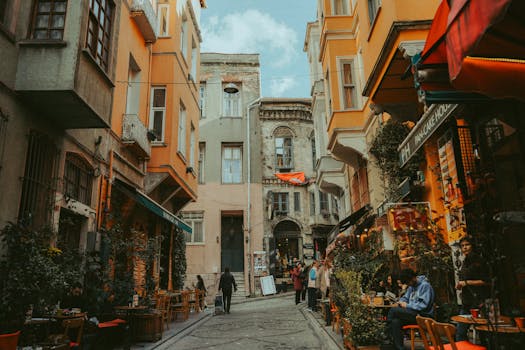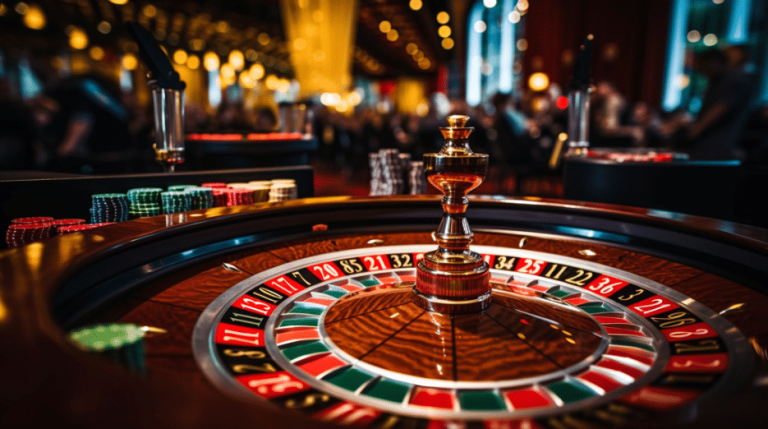
Traveling Through Time: How Europe’s Historical Heritage Shapes Modern Lifestyles in 2025
Traveling Through Time: How Europe’s Historical Heritage Shapes Modern Lifestyles in 2025. Europe, a continent steeped in history and tradition, has a unique ability to blend its rich heritage with modern lifestyles. From the crumbling ruins of ancient civilizations to the vibrant streets of contemporary cities, Europe’s historical heritage continues to shape the way people live, work, and interact with one another. In this article, we will explore the ways in which Europe’s historical heritage influences modern lifestyles, and how travelers can experience the best of both worlds.
Architecture and Urban Planning
One of the most visible ways in which Europe’s historical heritage shapes modern lifestyles is through architecture and urban planning. Many of Europe’s cities, such as Paris, Rome, and Barcelona, are filled with historic buildings, monuments, and landmarks that have been carefully preserved and integrated into modern cityscapes. These structures not only provide a glimpse into the past but also serve as a foundation for modern urban planning, with many cities incorporating green spaces, public transportation, and sustainable design into their historic centers.
Cuisine and Food Culture
Europe’s historical heritage has also had a profound impact on its cuisine and food culture. From the pasta dishes of Italy to the tapas of Spain, and from the beer halls of Germany to the fine wine of France, European cuisine is a reflection of the continent’s rich history and cultural diversity. Many traditional dishes and ingredients have been passed down through generations, and modern chefs continue to innovate and experiment with new flavors and techniques while still honoring their culinary heritage.
Arts and Culture
Europe’s historical heritage is also evident in its vibrant arts and cultural scene. From the museums of London to the galleries of Berlin, and from the opera houses of Vienna to the theaters of Moscow, Europe is home to a staggering array of cultural institutions and events. Many of these institutions have been in operation for centuries, and they continue to play a vital role in shaping modern lifestyles and cultural trends. Whether it’s a performance of Shakespeare at the Globe Theatre or a exhibition of contemporary art at the Tate Modern, Europe’s cultural scene is a unique blend of tradition and innovation.
Conclusion
In conclusion, Europe’s historical heritage plays a profound role in shaping modern lifestyles, from architecture and urban planning to cuisine and arts and culture. As we look to the future, it’s clear that this heritage will continue to influence the way we live, work, and interact with one another. Whether you’re a history buff, a foodie, or an art lover, Europe has something to offer, and its unique blend of tradition and modernity makes it a destination like no other.





